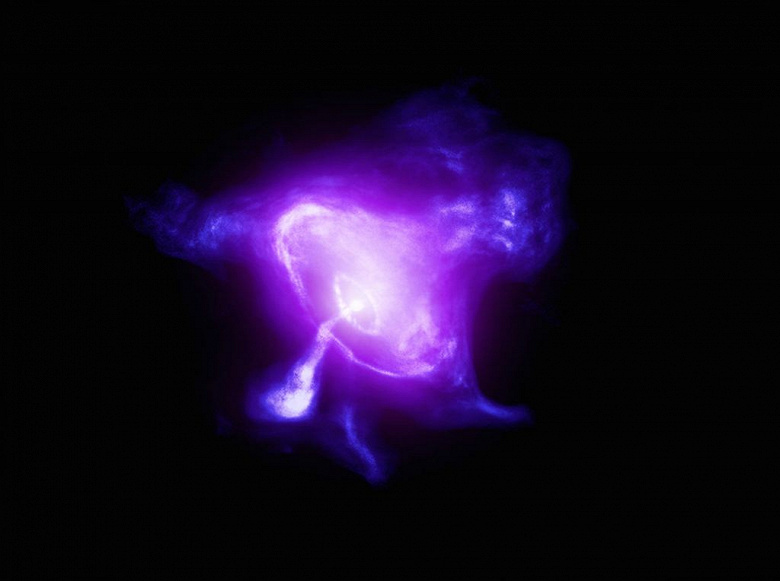The edge beyond which a star collapses not into a neutron star, but into a black hole
Scientists from China's Purple Mountain Observatory conducted research aimed at solving the mystery of the mass limit of neutron stars.
The study used data collected by LIGO, the VIRGO gravitational wave detector, and the Neutron Star Interior Mission. (NICER) ISS.
One of the goals of the study was to determine the Oppenheimer-Volkoff limit for neutron stars — the exact mass at which a neutron star can collapse into a black hole. Researchers led by Professor Fan Yi-Chung (Fan Yizhong) concluded that the mass of a non-rotating neutron star cannot exceed 2.25 solar masses.
In addition, the researchers noted that the mass of neutron stars depends on the initial mass of the star. For example, our Sun — a yellow dwarf that takes more than 10 billion years to complete its life cycle. The Sun is currently about 4.5 billion years old and is in the process of becoming a white dwarf. As it ages, it will burn through the heavy elements in its core, causing it to heat up and expand. As a result, the Sun will become a red giant and shed its outer layers in about 5 billion years. At the end of its life cycle it will shrink and become a white dwarf. This object would have a mass less than that of the Sun now, although some white dwarfs may be relatively massive.
Stars more massive than the Sun go through the same cycle, but end their lives in supernovae. What will be left after the supernova, – black hole, or neutron star, – depends on the mass of the residue. There is a fine line between objects, — Oppenheimer-Volkov limit.
Objects with masses between 8 and 25 solar masses degenerate into neutron stars. A mechanism called “neutron degeneracy pressure” holds these residues in place. The remaining core of the ??star is compressed after the supernova explosion. But neutrons and protons in the atomic nuclei of the nucleus «densify» and stop shrinking. And so the system comes into balance. At this point, the resulting neutron star approaches the Oppenheimer-Volkow limit. If an object gains (or has) more mass, it means that its mass exceeds the limit and a black hole is formed.
Scientists, incorporating information about the maximum limit on the mass of neutron stars, used equation of state models that consider the state of matter in a neutron star or black hole, and the models describe parameters such as pressure, volume and temperature. Their work established an upper limit on the mass of neutron stars, which is approximately 2.5 solar masses and shows that such a neutron star would have a radius of about 11.9 kilometers.
The next step will be to test the accuracy of these measurements and models based on actual observations of gravitational waves and soft X-rays. In the published paper, Fan and his team suggest that objects with masses between 2.5 and 3 solar masses detected by second-generation gravitational wave detectors are likely to be «light black holes».
In addition, the work has implications for cosmology, especially regarding the Hubble constant, which describes the rate of expansion of the Universe. It is about 70 kilometers per second per megaparsec (±2.2 km/sec/Mpc). The numbers depend on what methods astronomers use to calculate. The proposed limit on the mass of neutron stars is consistent with the predictions of the cosmological model, which allows it to be used as a method for testing the basic model of the Universe.

